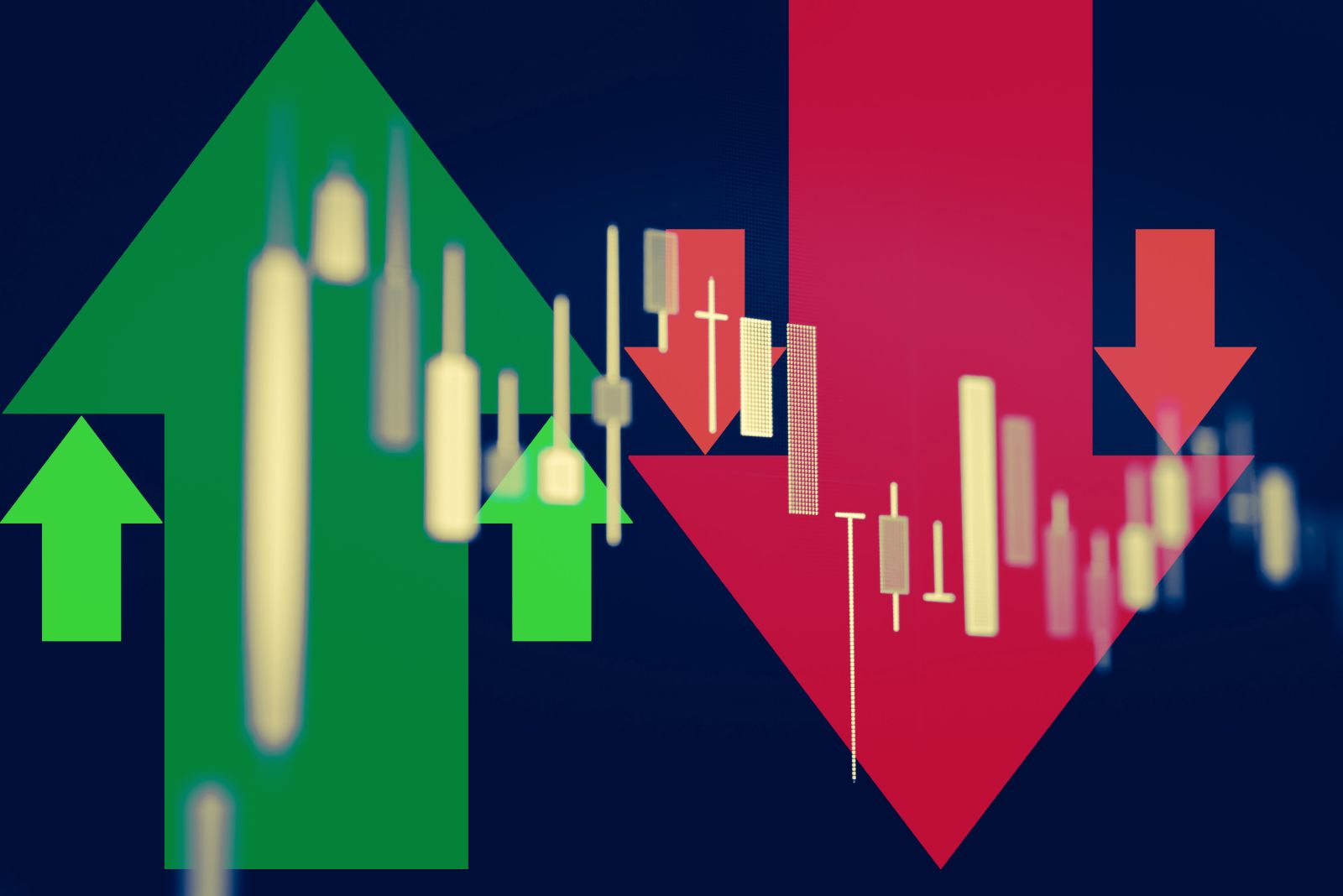
Chevron Corp (CVX) is likely to hike its annual dividend to $6.42 or so by the end of this month. That raises its dividend yield to 4.5% or higher. Moreover, its powerful free cash flow supports huge buybacks.
The stock is now trading at six-month lows. As of morning trading on Friday, Jan. 19, 2024, CVX is at $141.72. That is well below its price of $170.88 at the end of Sept. 2023.
This may not likely last if, as expected, the company announces a dividend hike at the end of January. I discussed this possibility in my last Barchart article on Dec. 19, 2023, “Chevron Stock Has Bottomed Out - Investors Await a Dividend Hike and 4.3% Yield.”
Dividend Hike Could Boost CVX Stock
Chevron has raised its dividend after 4 quarterly payments every year for the past 36 years, according to Seeking Alpha. The company has already paid out four quarterly payments of $1.51 per share (i.e., $6.02 annually). It usually declares an annual increase around Jan. 25.
As a result, investors can expect to see an increase to see a 6.3% hike, as it did last year, to $6.40 or $6.42 per share. At the latter price, CVX will have a 4.53% dividend yield for investors buying CVX stock today.
Likely, the company will also increase its share buyback activity as well. Both of these actions could improve the stock's trading activity and move it off its lows.
I discussed that in my last article. The company's powerful free cash flow will more than cover its dividend hike.
Free Cash Flow Covers Its Dividend
For example, last quarter the company generated $5.0 billion in free cash flow and this was after it spent $4.7 billion on capex spending. But its dividend at the existing rate cost just $2.9 billion.
So Chevron could easily afford another 6.3% increase, which would raise the cost to $3.08 billion. However, it might leave less room for the company to do buybacks, without having to borrow money or lower other cash expenses.
Nevertheless, one way existing investors can play is to sell short near-term expiry put options that are out-of-the-money (OTM) - i.e., selling below the spot price.. This will allow them to generate extra income.
Shorting OTM Put Options for Income
In my last Barchart article, I recommended shorting the $140 strike price put options expiring on Jan. 12, which was just over 3 weeks away and 7% below the price at the time. The stock ended up at $147.27, so the strike price over the period was still out of the money (OTM).
That means that the 37 cents collected at the time of the short sale produced an immediate 0.264% yield (i.e., $0.37/$140.00). This ended up being a clean result since the puts were not exercised and the short-put investor was not required to buy more shares at $140.00.
Today, the three-week expiry period ending Feb. 9 shows that the $135 strike price puts, 4.7% out-of-the-money, trade for $1.01 on the bid side. That can result in an immediate 0.748% yield to the short-seller of these put options (i.e., $1.01/$135.00).

This means that the investor who secures $13,500 in cash and/or margin can immediately make $101 by shorting these puts per contract shorted. It also means that if an investor can repeat this play every 3 weeks for a quarter (i.e. 4x) the total yield will be 3.0% (i.e., 0.748% x 4 = 2.992%). That would result in a total income of $404 using the same $13,500 invested each time.
This shows that investors in CVX stock have much to look forward to. Not only can they expect a dividend hike, but the company is also likely to buy back shares. They can also make extra income by shorting OTM puts in near-term expiry periods.
More Stock Market News from Barchart
- Stocks Led Higher by Chip Stocks
- Is Salesforce Stock a Good Buy Right Now?
- 3 'Sell'-Rated Russell 2000 Stocks Analysts Think You Should Skip
- Markets Today: Soaring Chip Stocks Lead the Overall Market Higher
On the date of publication, Mark R. Hake, CFA did not have (either directly or indirectly) positions in any of the securities mentioned in this article. All information and data in this article is solely for informational purposes. For more information please view the Barchart Disclosure Policy here.







